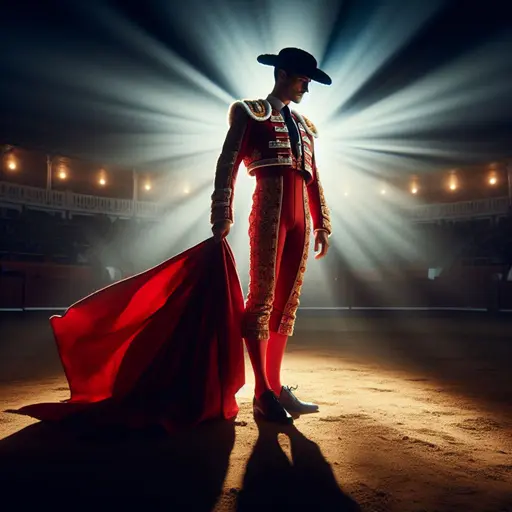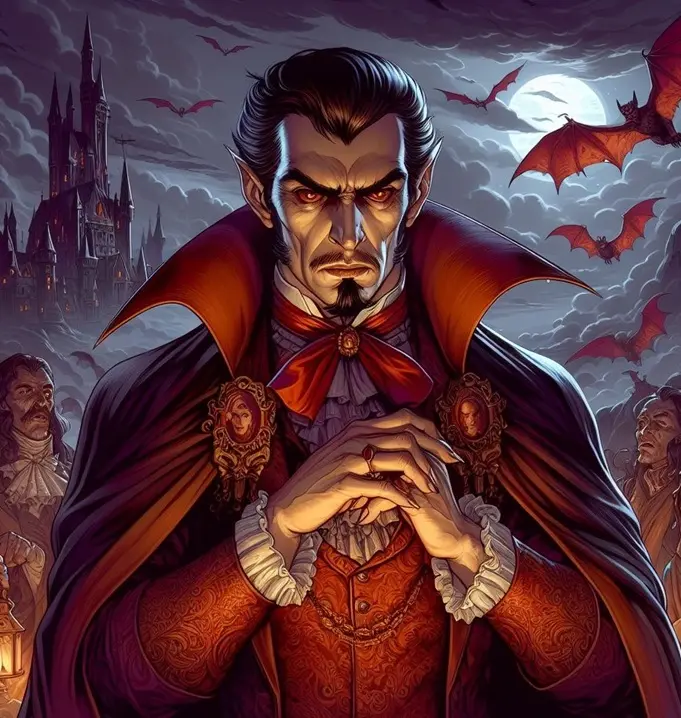The Roar of the 1920s: A Dive into Hemingway’s “The Sun Also Rises”
Okay, I’ve got a confession to make. It took me an embarrassingly long time to read “The Sun Also Rises” by Ernest Hemingway. I know, I know—it’s a classic and for all the literature nerds out there, this one should be a no-brainer. But sometimes life gets in the way, and other times you’re just distracted by newer shiny books. Anyway, I finally sat down with Hemingway’s masterpiece and can safely say it was worth every delayed minute.
An Introduction to the Lost Generation
For those of you who might have also pushed this one down on your reading list, “The Sun Also Rises” is quintessential Hemingway. Published in 1926, the novel is a portrait of the disillusioned expatriates wandering through Europe after the devastation of World War I. They search for meaning in a world reshaped, and not necessarily for the better. The story follows the introspective and somewhat detached journalist, Jake Barnes, alongside his motley crew of friends, on a journey from the hedonistic enclaves of Paris to the bullfighting rings of Spain.
Jake might seem like a low-energy protagonist at first glance, but trust me, he’s layered with complexities that pull you in. Take his restrained love for Lady Brett Ashley—there’s an emotional rollercoaster in their interaction that had me flipping pages late into the night. Brett is like a magnet for drama and heartache, tossing herself through life with all the destructive energy of a strong gale. Their relationship is teeming with complexities, underscored by unfulfilled desires and the stark realities of their personal limitations. Did I mention Brett is engaged to another man? Yep, the tangled web just keeps weaving.
The Parisian Nights and the Spanish Sun
Hemingway’s writing hits differently—there’s a minimalist beauty in his prose that could make even a grocery list feel poignant. Don’t even get me started on his knack for creating atmosphere. Paris in the novel is not just a backdrop but a living, breathing entity. It’s the Jazz Age, 1920s Paris—think smoky bars, flowing champagne, and nights that seem to never end. Yet beneath the glitters, Hemingway paints an unfiltered picture of lives marred by disillusion and the gnawing aftermath of war. You get into the mood of the Lost Generation so palpably that you almost smell the absinthe and hear the melancholic jazz in the distance.
When the story shifts to Spain, the entire atmosphere changes, and so does the prose. The pace and tone adapt to the simmering heat of Spanish summer and the abrupt, intense excitement of the bullfights. The fiestas, rituals, and raw, primal energy of bullfighting are depicted with such vividness that you can almost feel yourself sweating under the Spanish sun. Hemingway himself was an aficionado of the sport, and it shows in his extraordinarily meticulous portrayal.
Hemingway and His Characters
What makes Hemingway’s work shine, in particular, are the vibrantly flawed characters. This isn’t a novel where anyone is an outright hero or villain—everyone’s stumbling through their existential crises with a cocktail in hand. Take Robert Cohn, for example—a man full of contradictions and constant dissatisfaction. He’s a former boxing champ, but he’s also an outsider among his friends, frequently embodying misplaced passion and sheer idiocy. Cohn’s infatuation with Brett is both painful and cringe-worthy to witness, but it also adds another layer to this chaotic mosaic of relationships.
Ah, Brett Ashley. She’s a force of nature, a beacon of freedom and sexuality, who also carries a hauntingly broken spirit. Her complexity is raw and real. Brett’s magnetic allure pulls everyone around her into a maelstrom of emotional turbulence, and it’s this tangle of relationships and emotions that gives the book its beating heart. You can feel Hemingway pouring his observational acumen into every character, making them robustly human, with all the messiness that entails.
A word on Hemingway and his relationship with these characters—it’s a fascinating one. Many say that Jake Barnes is an autobiographical stand-in for Hemingway himself: both war-wounded journalists navigating their way through a post-war Europe. When you read about Jake’s suppressed emotionality and struggles with impotence—the very symbol of his lingering wounds—you can’t help but feel an echo of Hemingway’s own inner turmoil.
Breaking Down the Masculine Mystique
Hemingway often gets pegged as the ultra-masculine type, with his rugged narratives full of male bravado. But “The Sun Also Rises” gives you more than a glimpse into the vulnerability that these supposedly macho characters harbor. The novel is a subtle critique of the very façade of masculinity that Hemingway is often credited with celebrating. Jake’s impotence serves as a poignant metaphor for the fragile male ego and the emotional wounds inflicted by war.
Then there’s bullfighting. Oh man, where do I even start? It’s Hemingway’s method of exploring the dualities of life and death, courage and cowardice, beauty and brutality. Through these intense bullfighting scenes, he delves into what it means to truly confront existential dread face-to-face. The imagery is haunting and visceral, a dance of death that leaves a deep impression.
Hemingway’s genius lies in how he uses bullfighting as more than just a spectacle. It becomes a metaphor for the lives of his characters—constantly teetering on the edge of disaster, driven by passions that are as dangerous as they are consuming.
Living with Disillusionment and Nihilism
What makes “The Sun Also Rises” so sharply resonant, even today, is its unflinching honesty about life’s evident futility. These characters strive to drown their disillusionment in alcohol and hedonism, but no matter how intoxicating the night before was, the morning after lingers with an inescapable bitterness. The novel speaks to anyone who has ever felt lost, anyone who has grappled with the gnawing question, “Is this all there is?”
While some might find Hemingway’s outlook dark, I find it profoundly human. Yes, the characters are often mired in a sense of disillusionment and ennui, but there’s also an undercurrent of resilience, albeit a battered, weary form of it. Jake, in particular, embodies this when he reflects on the impossibility of his love for Brett and yet finds a way to keep moving forward, one foot in front of the other.
Final Thoughts
So, let’s throw in some personal reflections to wrap this up. Did I fall in love with every character? Hardly. But did I get utterly absorbed in their tangled lives and Hemingway’s brutally poetic take on post-war disillusionment? Absolutely. When Hemingway writes, you don’t just read his words; you inhabit his worlds. If you’ve ever felt the restless yearning for something more, something ineffable yet just out of reach, this book will strike a chord.
When I finished “The Sun Also Rises,” I felt like I had been through a journey—less of an emotional rollercoaster and more a contemplative road trip. It’s a book that stays with you, from the bridges of Paris to the streets of Pamplona. The themes of disillusionment, the search for meaning, and the complex dance of human relationships are as relevant now as they were almost a century ago.
Hemingway’s prowess is not merely in telling a story, but in making you feel it in your bones. The elegant simplicity of his prose, combined with the nuanced depth of his characters, ensures that “The Sun Also Rises” remains an enduring classic.
In a world perpetually searching for meaning amidst chaos, this novel is a somber yet beautiful reminder that even in despair, there’s a poignant beauty to be found in simply continuing the journey. Whether you’re a seasoned Hemingway enthusiast or a reluctant first-timer like I was, “The Sun Also Rises” is an experience that demands your attention—and it’s one I’d highly recommend.
Subscribe to our newsletter and get two free novels!



